Did you know that no one else in the world has the same eye color as you? While you may share blue eyes with your sibling, how that color appears in your eyes is unique to you.
Human eye color is dependent on multiple genes. Scientists have a good understanding of a couple of these genes, which determine the most common eye colors: brown, blue and green. But they are still exploring how other colors, such as hazel, bluish-gray and other combinations, develop. Contrary to popular belief, your eye colors don't result as a mix of your parents' colors. Many genes are at play from each parent, so how you end up with your eye color is a game of chance.
In the past, people thought you could predict the color of a child’s eyes based on their parents’ and grandparents’ eye colors. You calculated the odds of a certain eye color based on the idea that brown eyes are "dominant" and blue eyes are "recessive." But we are learning that eye color really isn’t that simple to predict. Because passing on genetic traits is very complex, it is possible for two blue-eyed parents to have a brown-eyed child, for example.
Your eye color depends on the amount and distribution of a brown pigment called melanin in your iris. Very simply, brown eyes have more pigment than blue eyes. And there are many shades of eye color in between. While you and a family member may share the same color eyes, how much melanin is in your iris and how it is distributed is unique to each person.
Most babies are born with blue eyes that may turn darker during their first three years if melanin develops. If both parents are brown-eyed, it is more likely that their children will have brown eyes too. Darker eye color tends to be dominant, so brown usually wins over green, and green often beats out blue. But this doesn’t mean a child born to one parent with brown eyes and the other with blue eyes will always have brown eyes.
Here are some facts about eye colors:
Brown eyes
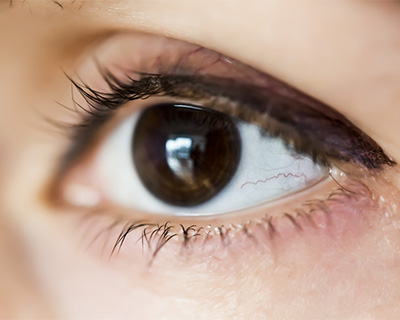
Brown eyes are the most common eye color in the world, with more than half of all people having brown eyes. Sometimes brown eyes can appear black. Did you know that people with dark brown eyes have a higher risk of developing cataracts than people with blue eyes?
Blue eyes
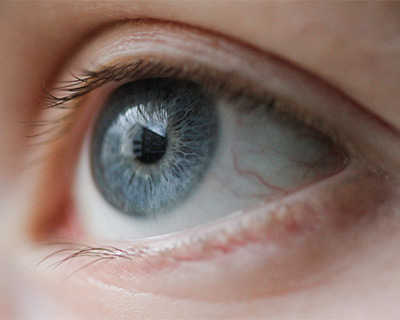
All blue-eyed people have a specific genetic trait, which has shown that they share one common ancestor.
Green eyes
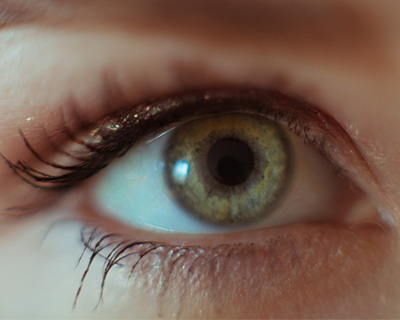
Green eyes are the rarest, with only about 2% of the world’s population having them. Green eyes are not due only to the amount of melanin in the eye, but also with how the light scatters off the eye. The optical effect of light scattering off the melanin in these eyes makes them green.
Pink or red eyes
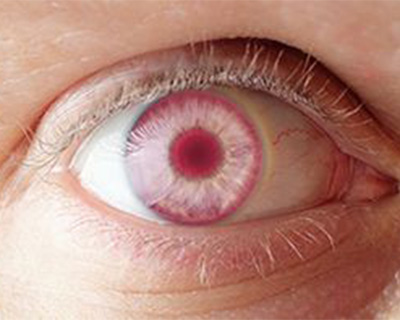
People with a condition called albinism have little to no melanin in their skin, hair and irises. Often, someone with albinism has light blue eyes. In rare cases, the irises are clear due to a lack of melanin, and their eyes may appear pink or red because the blood vessels are visible.
Two different colored eyes
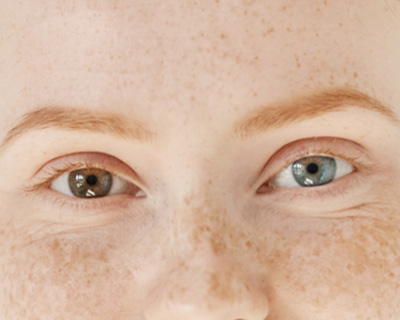
This is when someone has two different colored irises, called heterochromia. There are different kinds of heterochromia, and it can be present at birth or develop later.